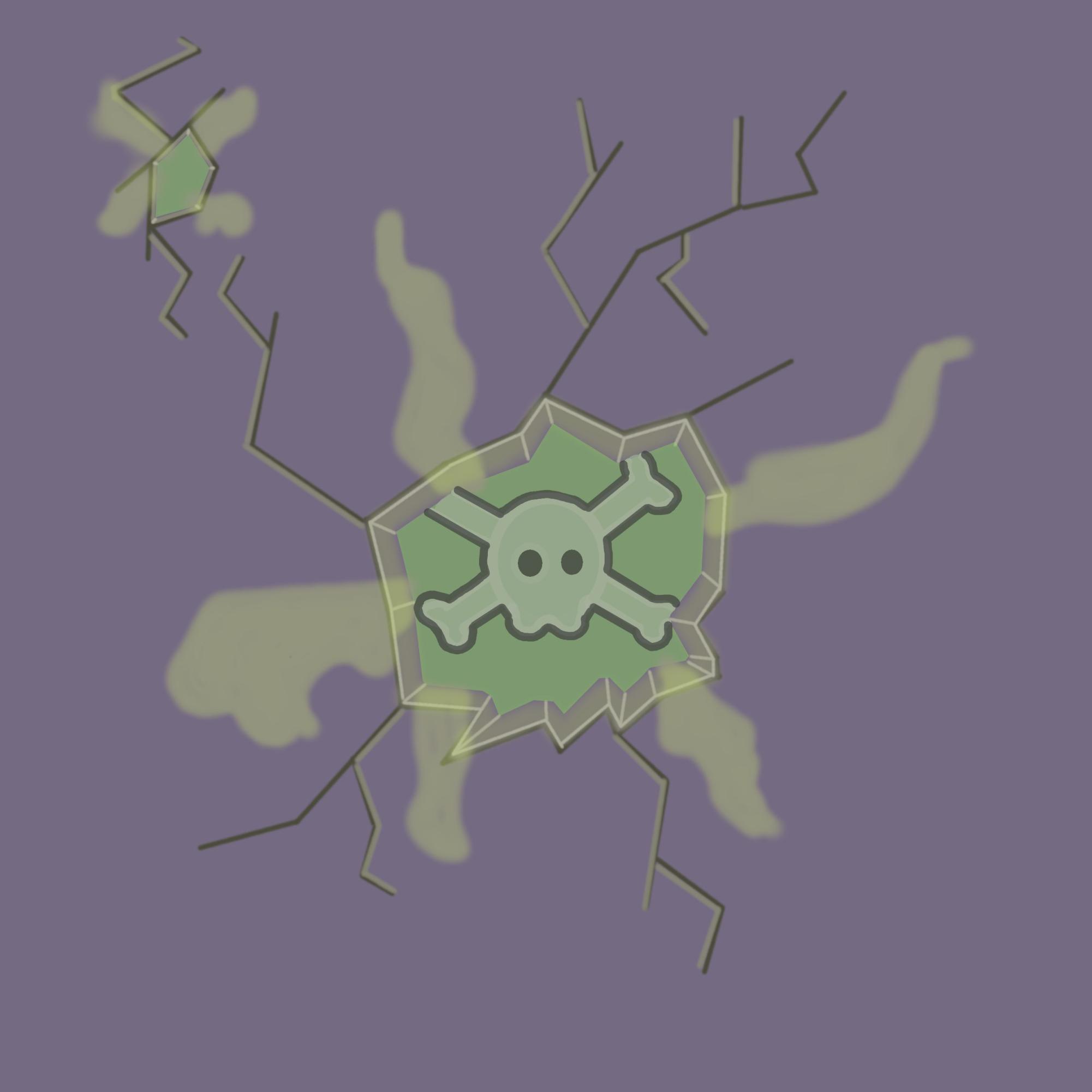As a child, I remember being overly cautious with wooden pencils because I thought ingesting one could cause lead poisoning. In middle school, I soon realized that wooden pencils were, in fact, not made of lead at all, but instead with graphite that, unlike lead, is minimally toxic when eaten or drawn on bare skin.
Lead is a metal that can be found in water, toys, jewelry and paint. However, people are most commonly exposed to lead through lead-based paint and dust in older buildings. In 1978, the usage of lead-based paint was banned nationally when its harmful effects were revealed. Yet more than 90% of Cleveland’s housing was built before 1978. Old paint cracks and peels more easily in comparison to newer types of paint, which is a shared characteristic among many Cleveland homes. When paint cracks, it emits microscopic particles of lead that appear as dust in the air. This may seem harmless from an outside perspective, but when inhaled or ingested, these particles can cause serious undetectable damage and prolonged health issues in children and adults alike.
Children—especially in Cuyahoga County—are at four times higher risk of lead poisoning than the national average, according to Cleveland Clinic statistics. Children are often asymptomatic, though symptoms of this health problem may include learning issues, behavioral changes, headaches, vomiting, cramps, anemia and fatigue. Due to their developing minds and bodies, children are more vulnerable to the exposure of lead than adults, so they can also suffer from lowered IQ levels and growth delay. In adults, symptoms may include loss of sensation in legs and feet, anemia, infertility, headaches and abdominal pain.
The most effective way to combat lead poisoning is prevention. The Lead Hazard Control Grant Program aims to increase the amount of lead-safe housing on the market while simultaneously decreasing the likelihood of childhood lead poisoning in Cleveland. Eligible candidates can have their homes evaluated for lead risks and get grants to regulate lead-based paint threats for an improved quality of living. In a 2023 report, Cleveland Clinic financed $52.5 million to aid the identification and removal of threatening sources in lead exposure from Cleveland homes. In May 2024, Cleveland Clinic co-launched the Lead Safe Child Care Pilot Program, which grants 30 selected childcare providers in Cleveland with funding to eliminate lead traces at their locations.
Though these services are proactive and urgent, we are not. As college students, we should be proactive with our voices, too. Despite the current efforts, it is not enough to single-handedly uplift the community from a lead-traced environment. The magnitude of this issue requires the helping hand of the whole community. We may not be able to physically impact and aid the situation ourselves, but our voices still have power.
Ignorance is not bliss. As Case Western Reserve University students, it is our responsibility to understand the prevalence and severity of ongoing issues and take part in initiatives for improvement in the greater Cleveland community.



